How to make an off-the-plan apartment your own
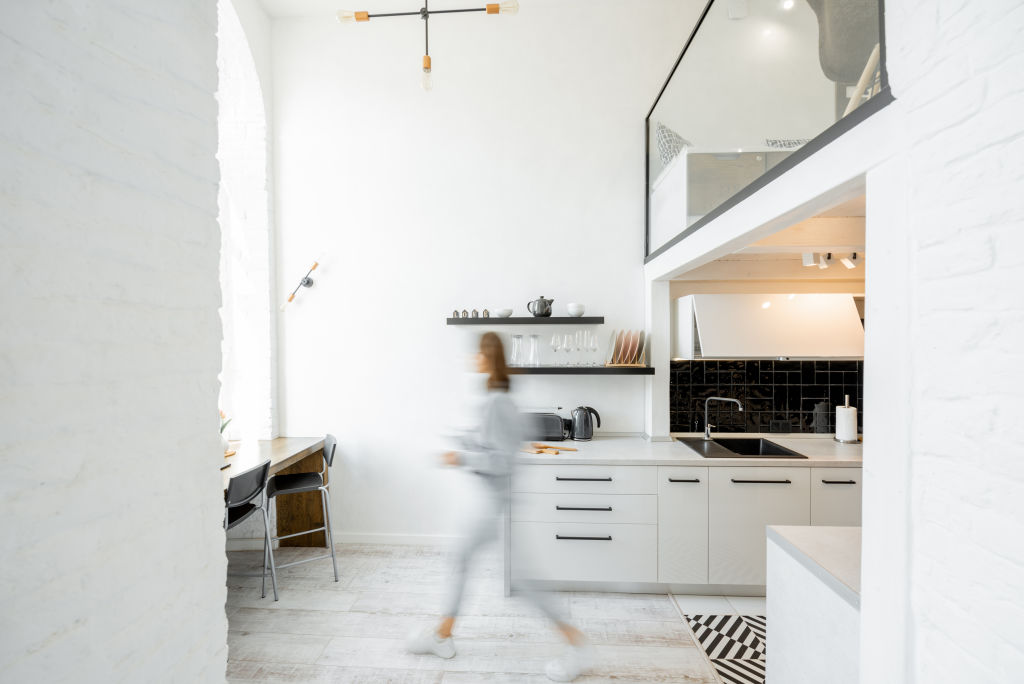
Off-the-plan apartments have often copped a bad rap. While these modern additions to our cities have opened doors for first-home buyers and given downsizers reason to stick around beloved neighbourhoods, they have often been considered as lacking a bit of character.
But buying an apartment off the plan doesn’t mean you must have a home devoid of personality. Many developments now offer buyers the chance to customise floor plans, select materials and upgrade fittings and fixtures to create living spaces that suit individual lifestyles and tastes.
And once homeowners have moved in, there is plenty they can do to further make their place their own.
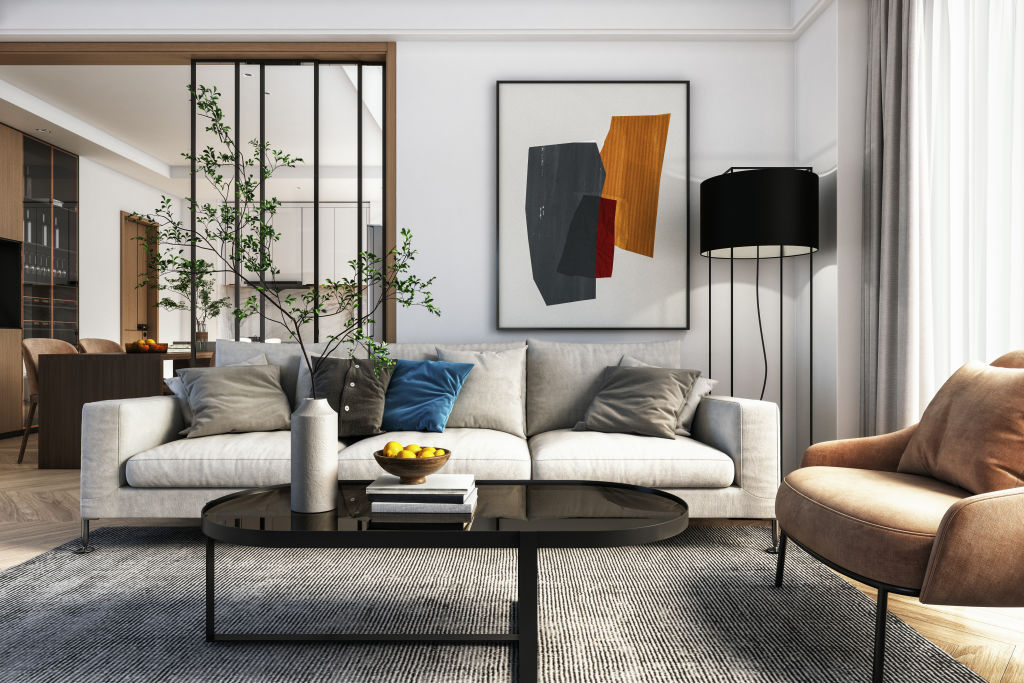
“Injecting your own style can be done in any home, regardless of era or architecture,” says interior designer Tamara Broman of Hunted Interiors.
“If it’s a new home or apartment off the plan, ask early on if changes are possible – like cabinetry, benchtop and tile selections – to put your own spin on it.”
It’s a process interior decorator and stylist Lauren Egan is familiar with, having recently helped a client customise a two-bedroom apartment within an upcoming development in Melbourne’s inner north.
“The benefit [of choosing] a modern apartment is that it’s a blank canvas for you to put your stamp on,” she says.
“If you’re daunted by the idea of building or making design decisions, often these are done for you by professionals, so the basics will be cohesive and will work with the architecture of the building.
“From there, it’s a matter of adding your own flair.”
Egan was on board from the beginning, touring the display suite of the development with her client to help with the early decision-making.
“We were able to see the finishes available and had a choice of two material options, which we considered in relation to her taste and some pieces she’d be taking with her.”
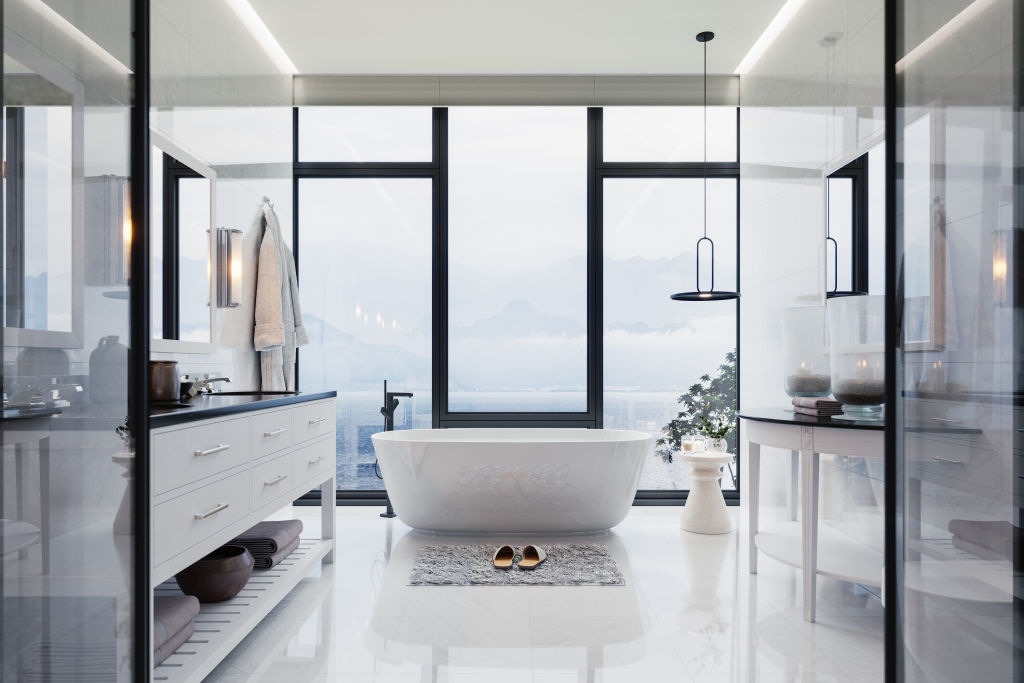
She says off-the-plan buyers are typically also encouraged to review the layout of the apartment and customise it to their needs.
“This is a good opportunity to consider how you will live – do you need a second or third bedroom? Or, maybe, one space will be used as an office, so your storage or layout options may change.
“It was only when we were absolutely sure we had it right that [my client] decided she was happy to proceed.”
Egan says that if your budget allows, consider buying a joinery package when buying off the plan as it is custom-designed for the dimensions and will often take up less space than any modular pieces you bring in.
If you are kitting out the home yourself, Broman warns against buying big-ticket items without careful consideration.
“My pet peeve is seeing furniture, rugs or art that are not to scale and it just throws the whole room off,” she says.
“There are amazing apps that can be used to test pieces out in each room, [or simply] sketching out the space with the furniture in question can save a costly mistake.”
As space is limited, Egan has been conscious of sourcing furnishings for her client that are both unique and multifunctional.
“We have found low stools that will serve mostly as side tables, plant stands or bedside tables, but when guests visit, they can become available seating,” she explains.
“There is space for a dining table in a corner, so we’re thinking about a round table with banquette seating with hidden storage along one side.”
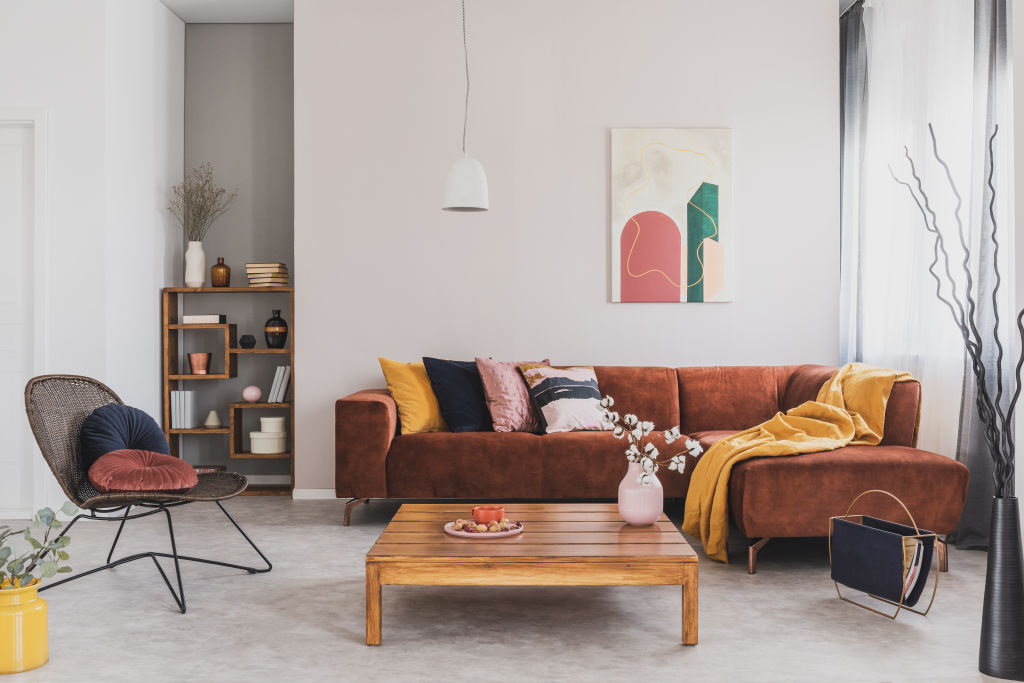
Modern apartments tend to be open plan, which provides connectivity and functionality but can require some creative zoning to feel homely, Broman says.
This can be achieved through statement lighting, a striking artwork to create a focal point, or a large rug to carve out a living zone.
“But living in a new home doesn’t mean all new and shiny things,” she says. “Mixing styles, the old and new, will bring character to what can sometimes be a big, white space.”
Practice restraint and balance by investing in quality pieces that you love and that will last a lifetime, and pair them with second-hand bargains and treasures.
Egan refers to colour and curtains as the “building blocks of personality and drama” in home decorating.
The colours you choose can vastly impact the way you feel in your home. Paint can also be used to zone spaces and lend personality and warmth.
Broman says books and plants are a great and inexpensive way to inject soul into a space.
“Plants make a space feel alive but can be tricky to keep alive themselves, particularly if you have a busy lifestyle,” she says.
“I find a monstera leaf plant is both hardy and has great sculptural effect; however, there are fantastic faux plants that look real and provide the same effect.”
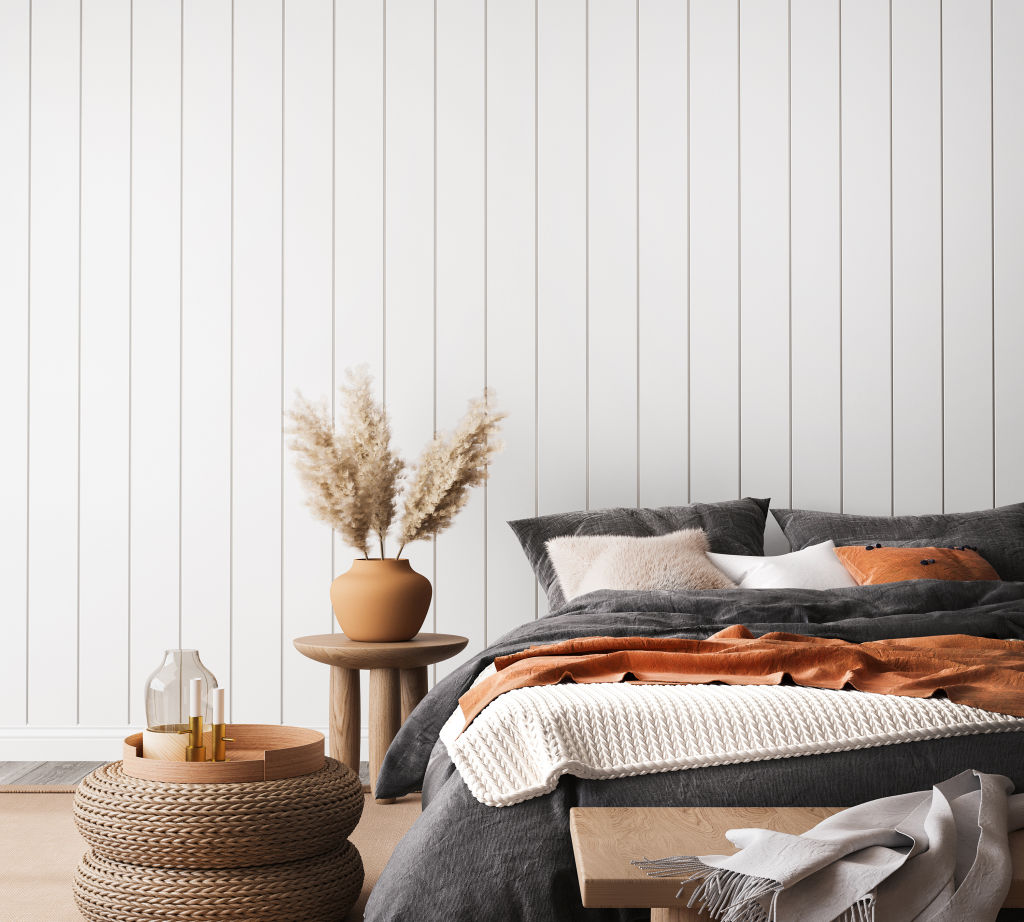
For home decorators still struggling to identify their individual styles, the experts say it is a good idea to start with the items you already own and intend to take with you.
“Think art that makes your heart sing, furniture that has character or a story behind it, a lamp that at a flick of a switch brings a sense of calm to a space – and we can’t forget about Grandma Edna’s vase on a beautiful sideboard for those nostalgic feelings,” Broman says.
By drawing inspiration from social media and magazines, your own wardrobe and the objects you already gravitate towards, a pattern is likely to emerge.
Above all, remember, that while you may be living with a similar floor plan as your neighbour, what’s important is how you live and feel in your own space.
“Don’t compare yourself to what your neighbours are doing,” Egan says. “Chances are, you’ve bought for different reasons than the person next door, so you shouldn’t expect the same outcome.”
We recommend
We thought you might like
States
Capital Cities
Capital Cities - Rentals
Popular Areas
Allhomes
More







